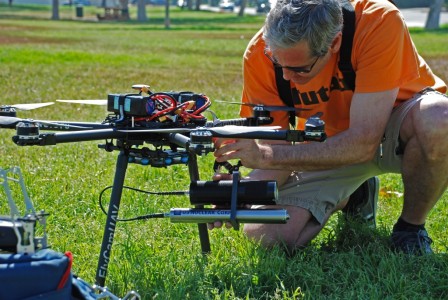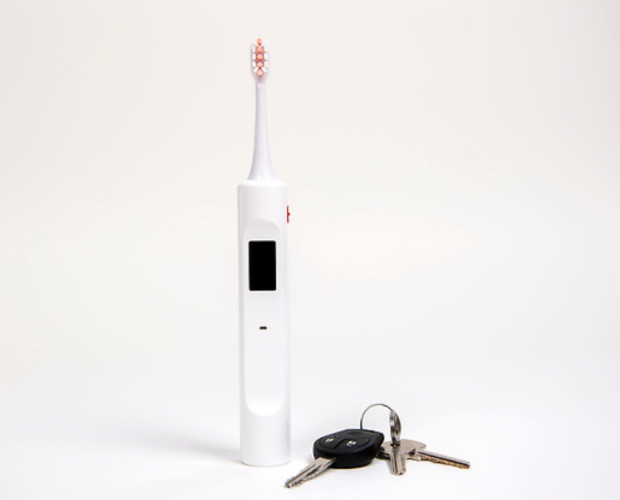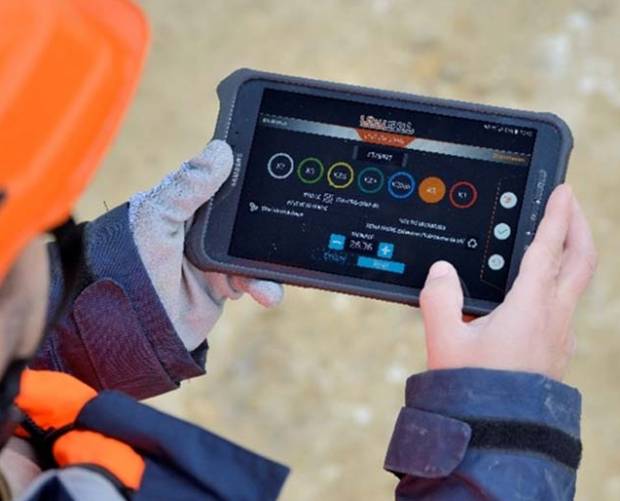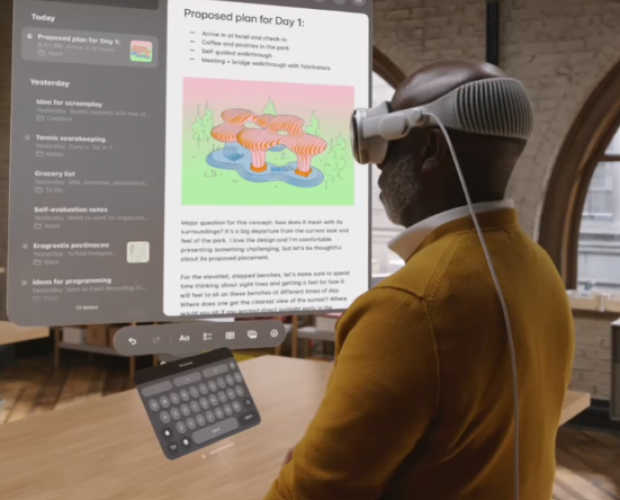Innovation Lab: Tiny Donkey Kong, Mind-controlled Nanobots and Nuclear Drones
- Friday, September 23rd, 2016
- Share this article:
At Mobile Marketing were proud to help tech companies showcase their cutting-edge solutions, whether its on our website, in our magazine or at our Mobile Marketing Summits. Giving a platform to companies that are breaking new ground in their market brings audiences one step closer to the ideas and developments that will shape tomorrow.
In that spirit, our Innovation Lab feature takes a step beyond the world of apps, ads and handsets with slightly bigger screens, in order to share some of the tech worlds innovative ideas. They might be interesting, disruptive or just outright strange, but these are the stories that have caught our eye over the past week.
Prepare Your Fingers For the Worlds Smallest Arcade Cabinet
One of the engineers at hardware education startup Adafruit has put his skills to work on creating the worlds smallest functioning arcade cabinet, able to run tiny versions of such classics as Pac-Man and Donkey Kong.
The device uses a Raspberry Pi Zero processor, and is fitted with the standard arcade layout of a joystick and two buttons, although in this case the joystick has to be operated with the very tips of your thumb and forefinger.
Although Adafruit produces hardware kits and guides for budding engineers and programmers, the arcade machine isnt one, with creator Phillip Burgess calling it “an unrefined sketch of a project”.
Still, the fact that the tiny OLED screen is capable of faithfully recreating arcade classics that can be played is highly impressive, even if you might need a magnifying glass to follow the action as it plays out.
 Thought Control Used to Activate Drug-releasing Nanobots
Thought Control Used to Activate Drug-releasing Nanobots
In what appears to be an attempt to cram as many future-tech concepts into a single experiment as possible, Israeli researchers have used thought waves to remotely control a series of drug-dispensing nanobots inside a living locust.
As detailed in academic journal Plos One, the nanobots consisted of folded DNA which opened up when heated, releasing a glowing chemical. These were placed in metal coils connected to a power source that would produce heat, and then injected into locusts.
The researchers then used EEG helmets to record the electrical activity in their brains, with machine learning software tracking when they hit a certain level of activity, which in turn triggered the nanobots heating up and releasing their payload.
The whole project serves as a proof of concept step towards using similar technology on humans to deliver drugs that can activate based on certain brain patterns. The technology could help patients with severe communication issues to control their dosage, or even aid in mental health treatment.
Watch This Real-life Transformer Turn From BMW into Robot
If youre hoping your next new car has a unique feature that will help it stand out, how about the ability to transform into a giant robot?
Turkish firm Letvision, which creates full-sized transforming vehicles called Letrons, cant quite promise you that yet, but as the video shows, theyre not far off. The company has created a full-sized, seemingly normal and functioning BMW coupe that can unfurl into a giant robot.
Once transformed, the robot features moving arms and hands, dynamic lights, camera and voice system and even a built-in fog machine. Its operated by remote control in both car and robot mode, but the company plans to eventually make its creations drivable in the real world.
 Cinematography Drones Deployed to Detect Radiation
Cinematography Drones Deployed to Detect Radiation
FlyCam UAV predominantly deals with professional camera drones, providing them for film productions, aerial photographers and even real estate firms. However, its found a new use for its vehicles –saving lives.
The company is working with the US Nuclear Corp to outfit two of its designs with DroneRad aerial radiation detection systems, which can monitor alpha, beta, gamma and neutron radiation, with an option for also collecting gases to check for chemicals or biological agents.
The UAVs can then be used to detect radiation leaks in nuclear power plants, provide first responders with data on burning buildings and even survey areas for potential terrorist threats, all without endangering human lives.
Augmented Climbing Turns Walls Into Game Screens
Sometimes, the thrill of hanging off a vertical wall by your fingers isnt quite enough, which is where Augmented Climbing has you covered. The company uses computer vision technology to create a gaming platform for climbing walls.
The exergames include Climball, a sort of vertical air hockey; Sparks, where climbers have to avoid moving lines of electricity; Whack-a-Bat, which involves chasing animated bats up and down the wall; and Augmented Problems, which creates specific routes climbers must use when climbing.
The startup evolved from game research at Aalto University in Finland, where there are currently three locations equipped with the technology, but the firm is now taking international orders, so perhaps your next trip to the gym could be a lot more exciting.
















